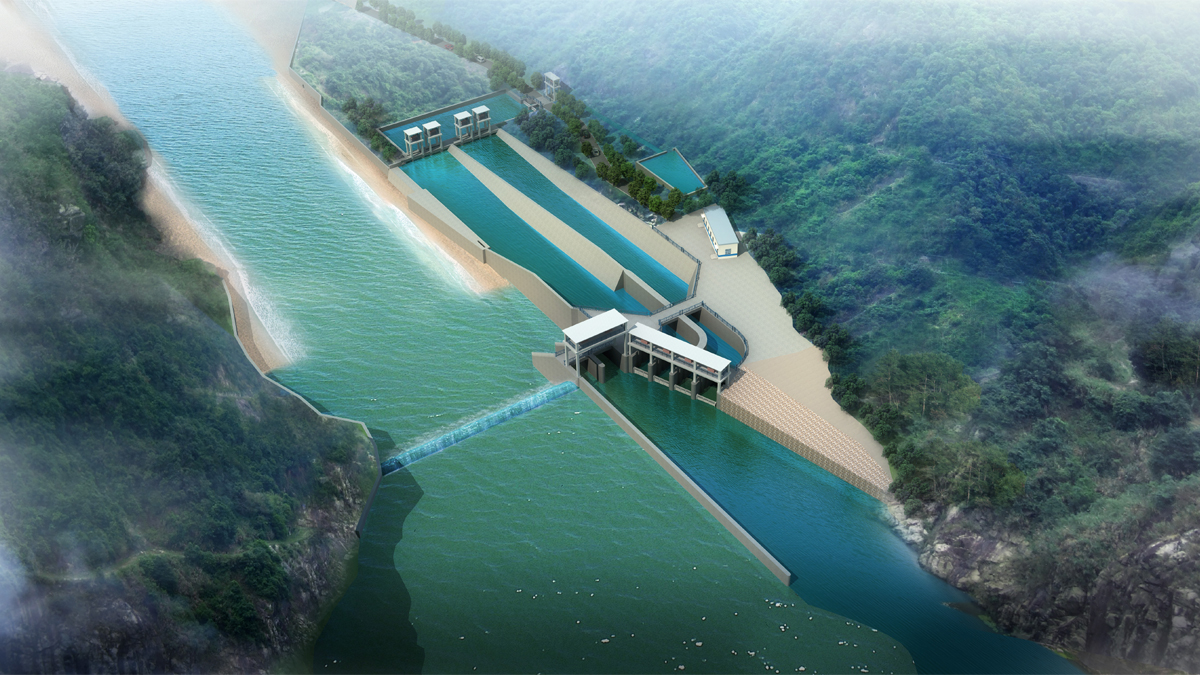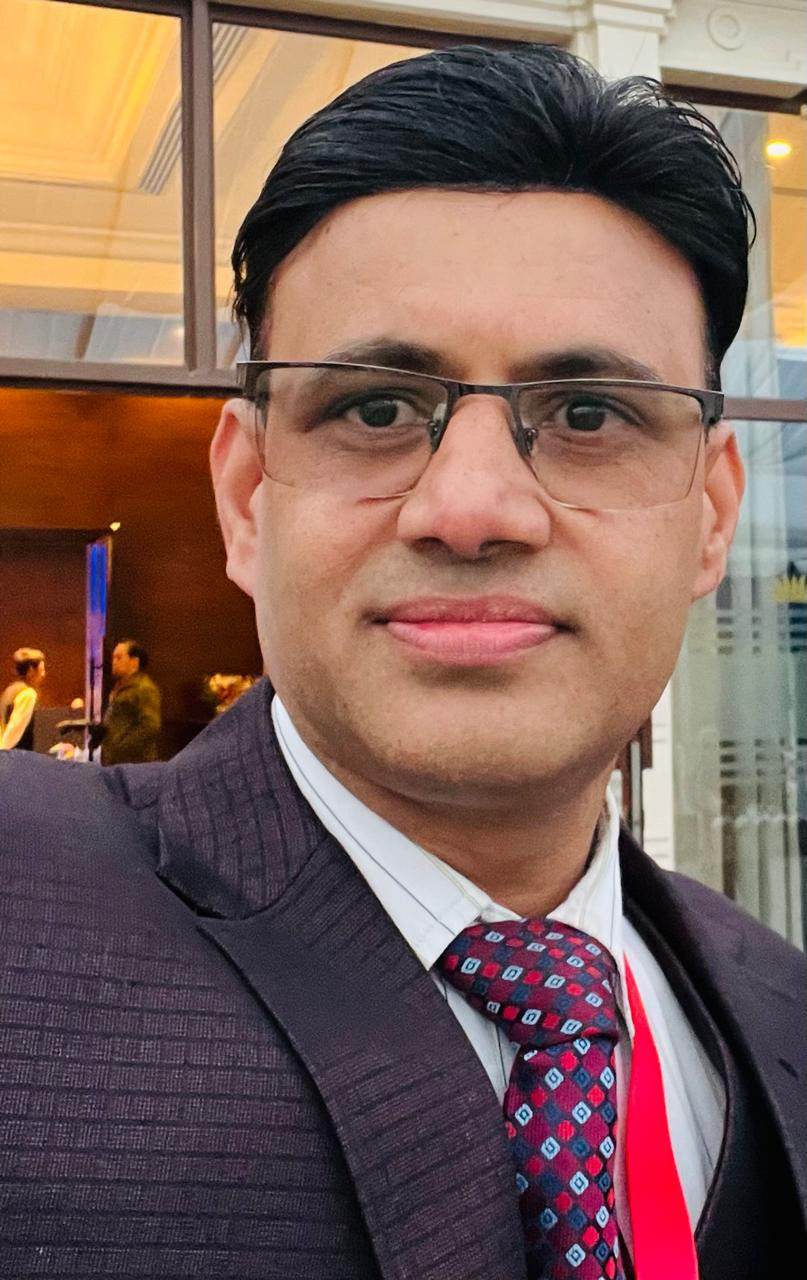
KATHMANDU, The licensed hydropower developers can now construct design-discharge of Q20 projects, with the government enforcing a policy to take the country’s water resources to their optimum use based on the feasibility of hydropower development.
Previously, the Department of Electricity Development (DoED) used to consider the threshold of Q40 while issuing licenses to hydropower projects. The Q40 provision maintains the rule to produce electricity for four months at full capacity by utilizing the water flow in a river. The hydropower developers need to carry out a power purchase agreement (PPA) based on the new rule, states the Ministry of Energy, Water Resources and Irrigation (MoEWRI) in its circular.

At an interaction on August 1, the Energy Minister Pampha Bhusal had said that the government would remove the threshold of the existing Q40 design. According to Bhusal, the government has taken a decision to have the optimum use of the water resources, citing a reduction in water flow in rivers due to climate change.
A study panel formed under Chiranjibi Chataut, joint-secretary of the MoEWRI, has recently submitted its report to the Energy Minister Bhusal. Joint-secretary Pushkar Sapkota and Senior Divisional Engineer Baburaj Adhikari of the ministry, DoED Director General Sandip Kumar Dev, Deputy Director General Sanjay Dhungel, Deputy Executive Director of Nepal Electricity Authority (NEA) Pradeep Kumar Thike and Director Prabal Adhikari were the members of the panel.

Madhu Prasad Bhetuwal, spokesperson of the MoEWRI, said they had sent the panel report to the DoED and NEA the previous week. Bhetuwal told Urja Khabar that the report includes issues like amendment of license and changes in its clauses and ownership limit of promoters in the project, among others. “The matter of revising the PPA rate while decreasing the design discharge is among the recommendations of the panel,” he said.
Highlighting a need for reducing the PPA rate, Bhetuwal said an increase in design discharge will help increase energy production during the rainy season and also take down per unit cost and per MW cost of production. If promoters wish to develop a project through Q20, they can do so under the new rule. The MoEWRI, however, has also analyzed the possible outcomes of the projects to be built in Q25 model.
According to the MoEWRI, production capacity will increase by up to 80-85 percent, while energy production in peak season will increase by up to 40 percent if a project is constructed in Q25. Although a revision of the PPA needs approval of the DoED and NEA board, the authority’s take is crucial in this regard.
Likewise, the panel report has also recommended removing the provision to take permission for projects at the lower end while constructing a peaking run-of-river (P-RoR) project at the higher side of a river basin. Such a project, however, should not hinder the functioning of the project lying at the lower side of the river basin. The related licensing provision needs an amendment.
PPA reduction recommended
According to a high-ranking official of NEA, they have recently received the report which the MoEWRI claimed to have sent on August 8. The ministry has prepared the report based on Cabinet decision of June 28.
The MoEWRI has recommended fixing PPA at an existing rate of Rs 4.80 per unit in the rainy season and Rs 8.40 per unit in winter season until the quota of 1,500 MW is maintained. After the quota is reached, the rate for rainy season can be lowered to Rs 4.24 per unit.
Similarly, if the PPA of a project at the beginning was fixed at Rs 4.80 per unit while its design is changed or discharge is reduced later, the added capacity will be valued at PPA of Rs 3.61 per unit.
Likewise, when the P-ROR will reach to the given quota limit of 4,500 MW, the recommended Rs 4.24 per unit will be implemented during rainy season. In case of the revised design, a PPA of Rs 3.61 per unit will be implemented, reads the report.
Removal of Q40 limit
According to the Cabinet decision, the thresholds have been fixed for ROR Projects at 40-45 percent; P-ROR Projects at 25-30 percent; Storage Projects at 20-25 percent, while it is 5-10 percent for the electricity generated from alternative sources. Earlier on May 8, 2018, the MoEWRI-issued whitepaper had maintained the quota of 30-35 percent for storage projects.
At present, hydropower projects of over 11,000 MW have been waiting NEA’s approval to conduct PPA. Of these, the ROR and P-ROR projects of about 5,500 MW have already inked grid connection agreements (transmission agreements).

Laxman Biyogi has been serving as the editor of Urja Khabar for the past seven years.